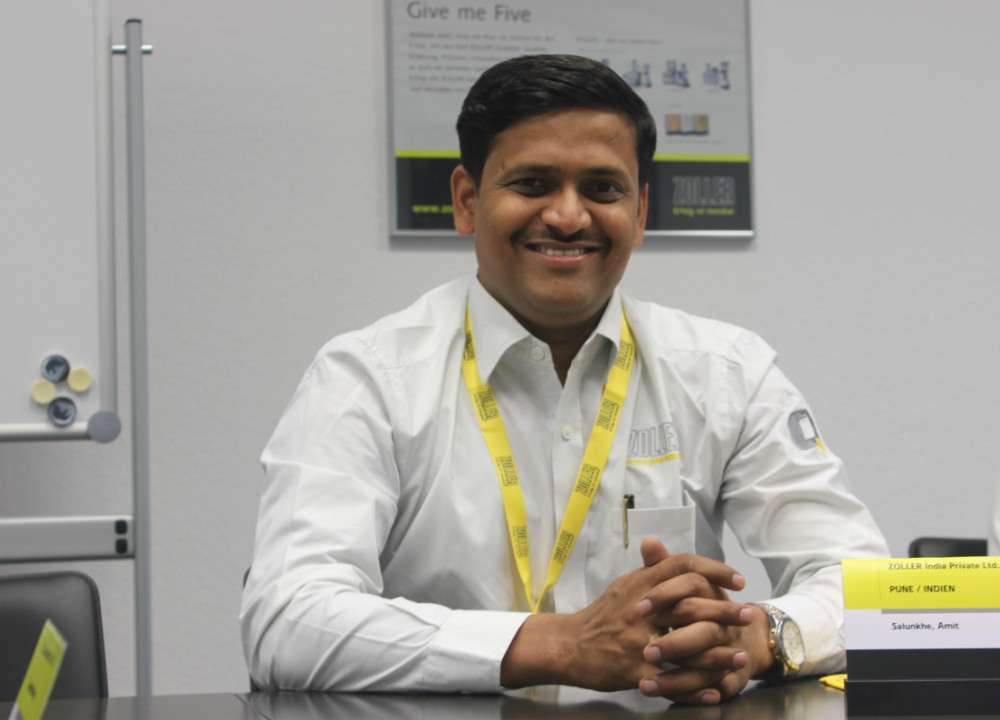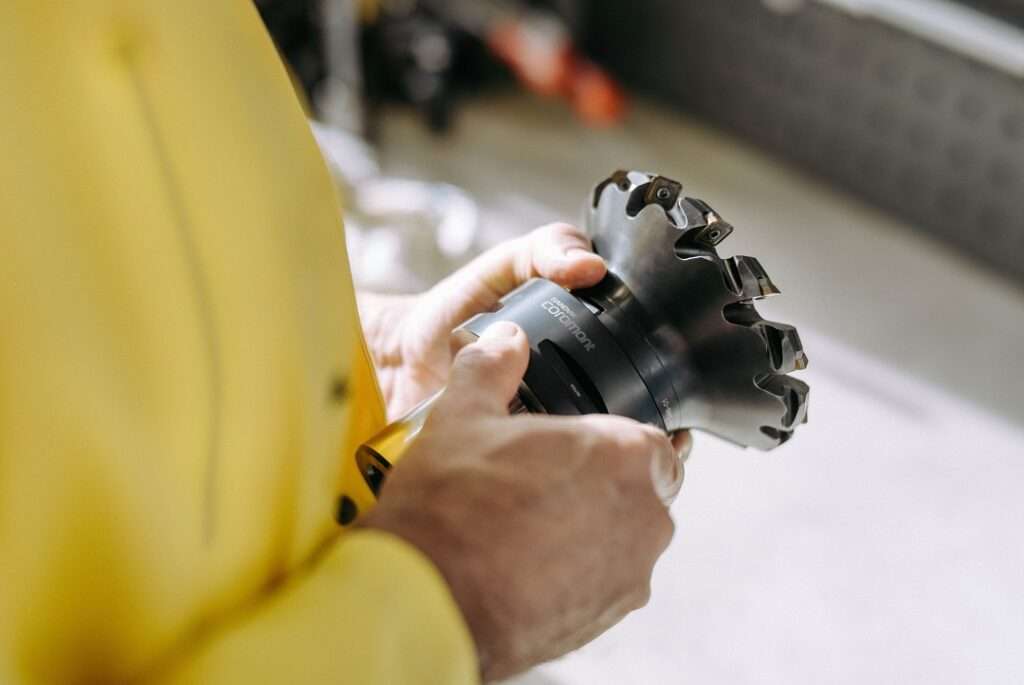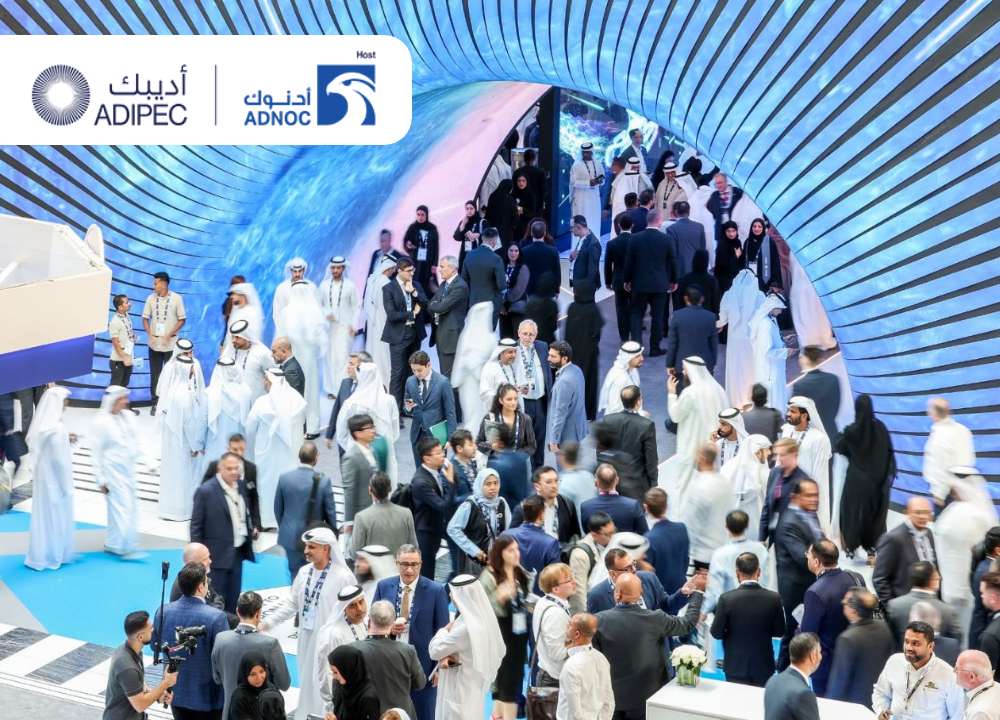- CII and INZBC Initiate to Enhance Indo-New Zealand Trade Relations
- Bilateral Relations between India and New Zealand improved over five years
- India invites New Zealand investors to consider entering into tourism, biotechnology, and aviation sectors
- Over the last decade India has invested around half a billion dollars in New Zealand; whereas, investment from New Zealand was only 1083 million dollars
The Confederation of Indian Industry (CII) in partnership with India New Zealand Business Council (INZBC) organized a Digital Conference on “India – New Zealand Bilateral Economic and Trade Relationship”, supported by the Indian High Commission in New Zealand and New Zealand High Commission in India on 2nd September 2020. The conference brought in the positive dialogue between the panel members and was seen as a great opportunity for both the countries with regard to the trading relationship.
The event was graced by many eminent personalities and the discussion was focused on how to enhance and improve the bilateral economic and trade relationship focusing on sectors like the food chain, cold storage chain, education, tourism, aviation. Engineering and sports. David Pine, High Commissioner of New Zealand to India, and Muktesh Pardeshi, High Commissioner of India to New Zealand addressed the current situation, the relationship between the two countries as well as the areas that need to focus on. Ambassador Anil Wadhwa also addressed the same issue as Mr. Pine and Mr. Pardeshi.
Ambassador Wadhwa started off with how the bilateral relations have improved in the past five years but connectivity constraints still remain a problem. He highlighted the fact that the tourism and education sectors are booming as nearly 70,000 Indian tourists visited New Zealand in 2019. Similarly, 17,000 Indian students enrolled in New Zealand institutions. A fair amount of investments were carried out last year. Even in 2018, Ola started its services in more than 14 cities in New Zealand. He also added that now India is looking for New Zealand investors to consider the tourism, biotechnology, and aviation sectors. He also suggesting collaborating in the blue economy agenda, ICT, Cyber Security, and e-learning.
The speakers’ panel included Vikram Singh (Country Head of TCS – Australia, and New Zealand), Sameer Handa (Chairman of India New Zealand Business Council), Graeme Muller (Chief Executive Officer of NZTech), Sanjay Mathur (Chief Economist Southeast Asia), Jugnu Roy (Country Manager of India Education New Zealand), Prof. N V Varghese (Vice-Chancellor of NIEPA and Founding Director CPRHE), and Simon Draper (Executive Director, Asia New Zealand Foundation)
Next on the Panel was Mr Handa who promoted opportunities in India’s Pharmaceutical and IT sector, as we are known as Global Leaders in that area. Apart from that he also requested significant collaborations in the health, cold chain, and entertainment industry. Mr. Pardeshi showcased some comparative statistics that showed that India was not on the priority list of the New Zealand investors. Over the past 10 years, India has invested around half a billion dollars in New Zealand; whereas, investment from New Zealand was only 1083 million dollars. He also nudged the fact that the two nations should go for building a strong geopolitical relationship.
Speaking from New Zealand’s perspective Mr. Pine agreed with the former speakers and said that New Zealand’s 5% of the population is Indian and Kabaddi as a sport is gaining a lot of popularity. Thus, there is a lot of familiarity with India and New Zealand is keen on building sophisticated economic relations. The county sees a pool of opportunities in sectors like aviation, bio-technology, agro-technology, education, and tourism.
The event witnessed panelists showcasing the opportunities in the ICT, Education, and technology sectors in both the nations. Mr. Singh called attention towards the digitization India experience and appealed for collaborative innovations. Prof. Varghese emphasized on the new educational policy by India and how the nation is moving towards Institutional mobility. Ms. Roy pointed out how New Zealand moulds work-ready graduates.
India has also been reforming the tax system and provides the lowest tax rates, picking up the very fact Mr. Mathur encouraged investors from New Zealand to consider collaborating with the country. Mr. Muller while addressing the panel stressed how New Zealand has great opportunities in agriculture, food, education, and other services with satisfying starting salaries. The event was concluded by Mr. Draper, who commented that both the nations can build a good trade architecture with large economies. This is a perfect time to drive a solid relationship.







